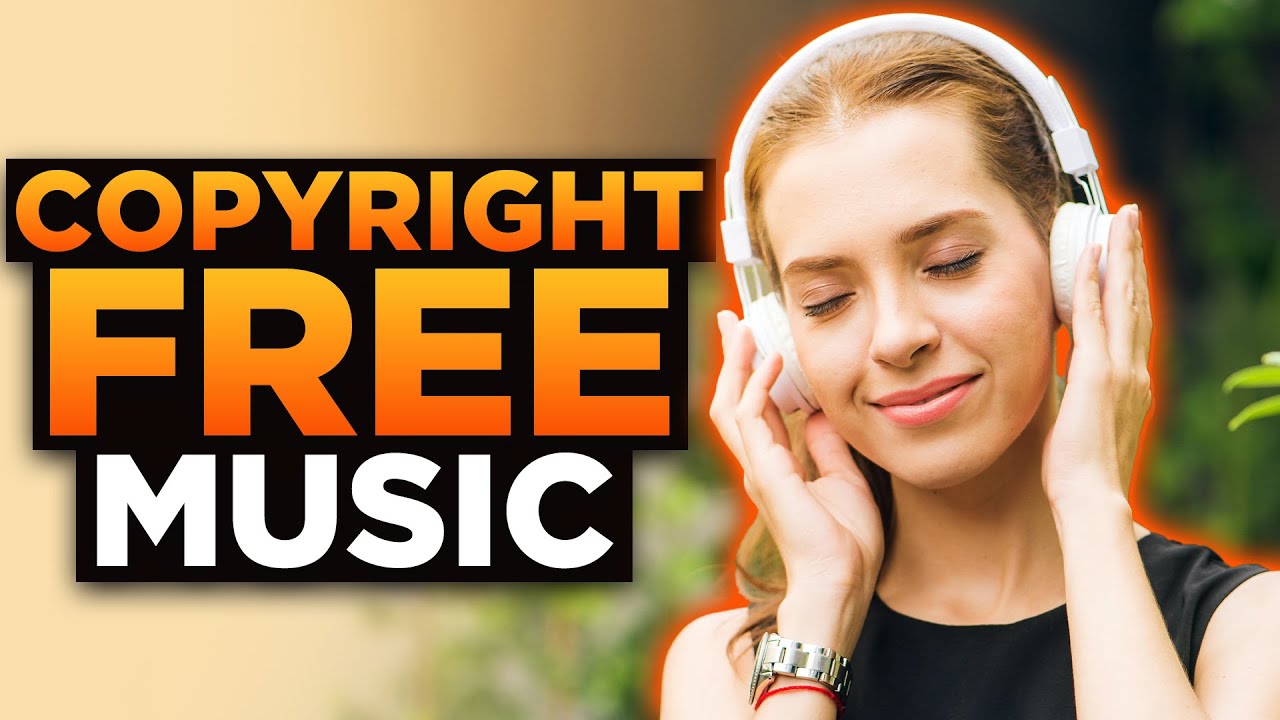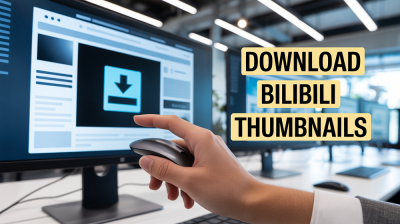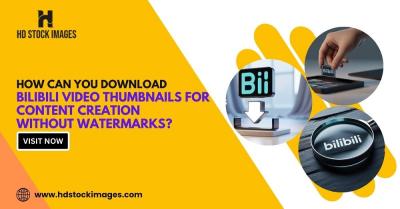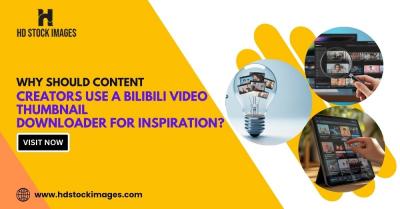Hey there, fellow creators! If you’re looking to spice up your YouTube videos with some music, you’re not alone. However, before you dive into that exciting selection of tunes, let’s chat about something crucial: copyright. Understanding copyright is key to ensuring your content remains safe and enjoyable for your viewers.
Copyright is a legal right that grants the creator of original work exclusive rights to its use and distribution. This means if you use a song that someone else created without permission, you can face some serious consequences, like having your video taken down or even getting a strike on your account. Ouch!
So, what do these copyright issues mean for your YouTube journey? Here are some impacts to consider:
- Monetization Restrictions: If you use copyrighted music, you may not monetize your video. The rights holder may claim all the ad revenue!
- Video Removal: You could wake up one day to find your video has been removed due to a copyright claim. Not fun!
- Channel Strikes: Accumulating strikes can lead to losing the ability to upload content or live stream.
Understanding these risks is essential to navigating the music selection process. Now, don’t let this scare you off! There are many ways to add fantastic music to your videos without stepping into murky legal waters. Let’s explore that in the next section!
Types of Music You Can Use Without Worrying About Copyright

Alright, let’s get to the good stuff! You’re ready to add music to your YouTube videos, and the great news is, there are plenty of options that won't land you in copyright trouble. Here’s a breakdown of music types that you can confidently use:
- Royalty-Free Music: This is music you can use without paying royalties. Websites like Bensound and Freesound offer tracks that are either free or available for a one-time fee.
- Creative Commons Music: Some artists release their music under Creative Commons licenses, which allow you to use their work as long as you follow specific guidelines, like giving credit. Check out sites like Free Music Archive or ccMixter.
- Music from YouTube's Audio Library: YouTube offers an Audio Library full of free music and sound effects. You can access it directly from your YouTube Studio under the “Audio Library” section. Some tracks require attribution, while others don’t.
- Original Compositions: If you’re musically inclined, consider creating your own music! This way, you have full control over your content.
Before you finalize your choice, always double-check the licensing agreements. Each source can have different rules regarding how you can use the music, so read the fine print!
In summary, you don’t have to sacrifice quality for legality when it comes to adding music to your videos. With a bit of research, you can find an array of fantastic tracks that enhance your content while keeping your channel safe. Happy creating!
Also Read This: How to Download Private YouTube Videos
3. Where to Find Royalty-Free Music for Your Videos
Finding the perfect soundtrack for your YouTube video can feel like searching for a needle in a haystack, especially if you want to avoid copyright issues. Luckily, there are plenty of fantastic resources out there where you can snag royalty-free music without breaking a sweat (or the bank!). Here are some great places to start:
- YouTube Audio Library: This is a goldmine for creators! YouTube offers a vast selection of free music tracks and sound effects that you can use in your videos. Simply head to the YouTube Studio, navigate to the Audio Library, and start browsing. You can filter by genre, mood, or duration to find the perfect fit.
- Free Music Archive: This platform boasts a diverse collection of music across various genres, all available for free. Just make sure to check the licensing for each track, as some may require attribution.
- Incompetech: Created by composer Kevin MacLeod, Incompetech offers a wide variety of music that's free to use as long as you give proper credit. The site is categorized by genre, making it easy to find the right vibe.
- Bensound: For those looking for high-quality tracks, Bensound is an excellent option. While some tracks are free, others are available for purchase. Always check the licenses to ensure you're using them correctly.
- Artlist & Epidemic Sound: If you're willing to invest a little, subscribing to platforms like Artlist or Epidemic Sound can be a game-changer. They offer a vast library of tracks for a monthly fee, and their licenses cover all the legal bases, so you can focus on creating!
With these resources at your fingertips, you'll be well-equipped to find the right tunes for your content while staying on the right side of copyright law. Just remember that even royalty-free doesn’t mean free-for-all; always check the specific licensing agreements!
Also Read This: Can You Get Shadowbanned on YouTube? Understanding YouTube's Algorithm and Restrictions
4. How to Properly Credit Music Creators
Crediting music creators isn’t just a nice gesture—it’s often a legal requirement when you use their work. Proper attribution shows respect for the artist and helps maintain a good relationship within the creative community. Here’s how to do it right:
- Check the License: Before using any track, verify the licensing agreement. Some tracks may require you to credit the creator in a specific format. For example, a typical credit might look like this: “Music by [Artist Name] from [Source].”
- Include the Credit in Your Video: You can add text overlays in your video to display the credits. This is usually done at the end, but feel free to get creative—some creators like to show credits during the video itself.
- Add Credits in the Description: Your video description is another great place to list your music credits. A simple section titled “Music” can work wonders, allowing viewers to check out the artists you've featured.
- Link to the Music Source: If possible, include a link to the track or the creator’s page. This not only gives proper credit but also helps your viewers discover more great music!
Just remember, giving credit is not only a courtesy; it’s a way to support and uplift the creators whose work enhances your content. Plus, it's a fantastic way to build a positive network in the YouTube community. So, go ahead and spread the love!
Also Read This: Can You Watch NESN on YouTube TV? A Guide for Sports Fans
5. Step-by-Step Guide to Adding Music to Your YouTube Videos
Alright, let's dive into the nitty-gritty of adding music to your YouTube videos! It’s not just about slapping a track on your video; you want to make sure it enhances the overall experience. Follow these simple steps, and you'll be on your way to creating engaging content while keeping everything above board.
- Select Your Video: Start by choosing the video you want to edit. Open YouTube Studio, click on 'Content,' and select the video you wish to modify.
- Go to the Editor: Once you're in the video settings, find the 'Editor' tab on the left sidebar. This is where the magic happens!
- Add Music: In the editor, look for the 'Audio' section. Click on it, and you’ll see a library of music and sound effects available for you to use. YouTube provides a fantastic selection of royalty-free tracks!
- Search and Preview: Use the search bar to find specific genres or moods (like 'chill,' 'upbeat,' or 'dramatic'). Play snippets to find the perfect fit for your video.
- Adjust the Volume: Once you’ve chosen a track, you can adjust its volume. Make sure it doesn’t overshadow your voice or any important sounds in your video!
- Save Changes: After you’re satisfied with your selection, hit 'Save.' Your new music will be added, enhancing your video without any copyright headaches.
And that’s it! You've successfully added music to your YouTube video. Just remember to review it one last time before you publish to ensure everything flows perfectly.
Also Read This: Can't Access YouTube on Mobile Web? Troubleshooting Mobile Web Access Issues
6. Best Practices for Ensuring Compliance with YouTube's Policies
Adding music to your YouTube videos is exciting, but it's crucial to steer clear of copyright pitfalls. Here are some best practices to keep in mind:
- Use YouTube's Audio Library: This is a treasure trove of royalty-free music. Anything you find here can be used without fear of copyright claims.
- Look for Creative Commons Music: When sourcing music from platforms like SoundCloud or Free Music Archive, filter your searches to include tracks labeled for commercial use or those that allow modifications. Always check the specific license.
- Purchase a License: If you find a song you love that isn’t royalty-free, consider purchasing a license. Websites like AudioJungle or Epidemic Sound offer affordable options.
- Credit the Artist: If the track you use requires attribution, make sure to give credit in your video description. This not only complies with copyright rules but also supports the artists!
- Stay Informed: YouTube’s policies can change, so it’s wise to keep an eye on updates. Check their official Creator Academy for the latest guidelines.
By adhering to these best practices, you'll ensure that your videos remain compliant with YouTube's policies, allowing you to focus more on creativity and less on worrying about copyright strikes. Happy editing!
Also Read This: How Do I Download Music from YouTube to iTunes? A Simple Guide to Transferring YouTube Music to iTunes
7. Common Mistakes to Avoid When Adding Music
Adding music to your YouTube videos can elevate your content, but there are some common pitfalls that creators often fall into. Let’s dive into a few mistakes to steer clear of:
- Ignoring Copyright Laws: One of the biggest mistakes is using music without understanding copyright rules. Always ensure you have the rights to the music you use.
- Neglecting Licensing Agreements: Just because a song is available on a platform doesn’t mean it’s free to use. Read the licensing agreements carefully!
- Overusing Popular Songs: While it might be tempting to use a trending song, many of these tracks are heavily protected. Opt for lesser-known tracks that are still catchy.
- Failing to Attribute Properly: If you’re using music that requires attribution, make sure to include it in your video description. Not doing so can lead to copyright claims.
- Using Music Too Loud: Remember, your dialogue or main audio should be the star of the show. Balance your music so it enhances rather than overwhelms your content.
By avoiding these mistakes, you can create a more professional and compliant video. Always double-check your music choices and stay informed about the music rights landscape!
8. Conclusion and Additional Resources for YouTube Creators
In conclusion, adding music to your YouTube videos can significantly enhance your storytelling and viewer engagement, but it requires careful consideration of copyright issues. Here are some key takeaways:
- Choose music from reputable sources that offer royalty-free tracks.
- Understand the licensing terms associated with your chosen music.
- Always provide proper attribution when required.
- Consider the overall sound balance in your videos.
For further exploration, here are some valuable resources:
| Resource | Description |
|---|---|
| YouTube Audio Library | A free resource with a vast selection of music and sound effects, all cleared for use in your videos. |
| Bensound | Offers a collection of royalty-free music tracks, with options for attribution and paid licenses. |
| Epidemic Sound | A subscription service providing access to a diverse library of music and sound effects. |
| Incompetech | Features a range of royalty-free music by Kevin MacLeod, available for free with attribution. |
By utilizing these resources and adhering to copyright guidelines, you can create engaging content that resonates with your audience without the risk of copyright issues. Happy creating!
 admin
admin








